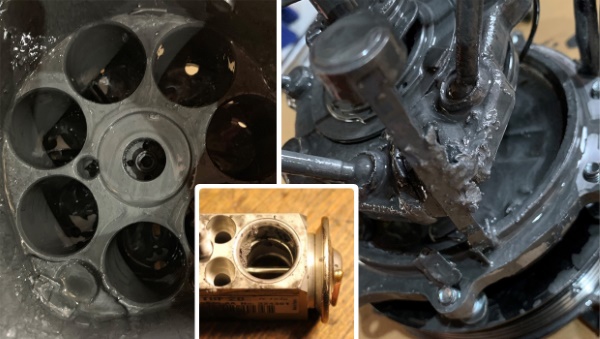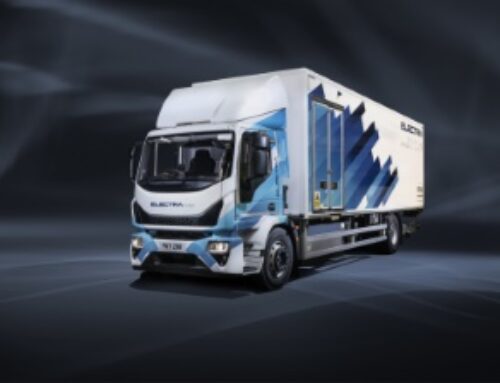Flush before you fit
 Dave Talbot, sales and training manager at AP Air Europe, discusses the importance of flushing air conditioning systems before fitting a new compressor
Dave Talbot, sales and training manager at AP Air Europe, discusses the importance of flushing air conditioning systems before fitting a new compressor
Over the last 12 months I’ve had the privilege to meet garage owners, technicians and mechanics to train them on the principles of the mobile AC system, how it operates, what can go wrong and the causes.
Based on the feedback I received, most if not all, go away with knowledge they didn’t have at the beginning of the training session. I have also benefited from these sessions, gaining a better understanding of the constantly changing marketplace garages operate in, as well as the investments that have to be made in equipment and training to work on today’s vehicles.
However, what surprises me the most when it comes to air con is that few of the people I have trained over the last 12 months had heard of flushing the system or knew how to do it. So, why do we need to flush the air conditioning system?
Well, for the AC system to work correctly and give optimum performance, the circuit needs be clean and free from debris, contaminated oil, and even too much oil and dye.
Harmful substances such as acid, burnt oil that has lost its lubricating properties, too much moisture and debris could be found in the AC circuit leading to component damage. It’s vital the system is flushed in the event that contamination is discovered, and above all when the compressor is changed.
Contaminants blocking the expansion valve will cause flow issues back to the compressor as well as oil starvation, resulting in the compressor over heating and seizing.
A dirty AC system can cause many issues. Impurities, oil contamination and additive over-use can block the condenser tubes, clog the receiver drier and expansion valve, as well as the control valve in the compressor. Blockages in the system will lead to poor performance and also high pressure which will create issues with the compressor causing high head pressure and eventual failure.
Moisture in the system or mixed oils will affect the lubricating capabilities of the oil, which again will lead to damaged compressor internals and compressor failures.
To avoid performance related issues and costly repairs you should flush the system whenever a blockage is suspected, the receiver drier has failed by breaking down into the system, or there has been excessive use of dye and leak stop.
You should also flush the system when you replace the compressor, this is to avoid any contaminants finding their way into the new compressor. Debris such as carbonised oil particles and metal filings that may have caused the previous oil compressor to fail will seal the same fate of the new one.
When replacing a compressor, flushing is the only definite way of knowing how much and what type of oil is in the system. This is because you flush out all the old oil before adding new when fitting the new compressor. You can only flush through the pipework. If the system is badly contaminated with debris from a seized compressor, you will not be able to flush the condenser through and will need to change it.
The receiver drier and expansion valve must be changed and you should never try to flush the compressor. Flushing the system is a labour-intensive process that’s inevitably costly and as such requires an explanation to the end user.
However, it only takes common sense to see the value of flushing when you point out it prevents compressor failures such as those above, avoids expensive compressor replacement and gives the reassuring certainty their AC system is now in the correct state it should have been previously.










